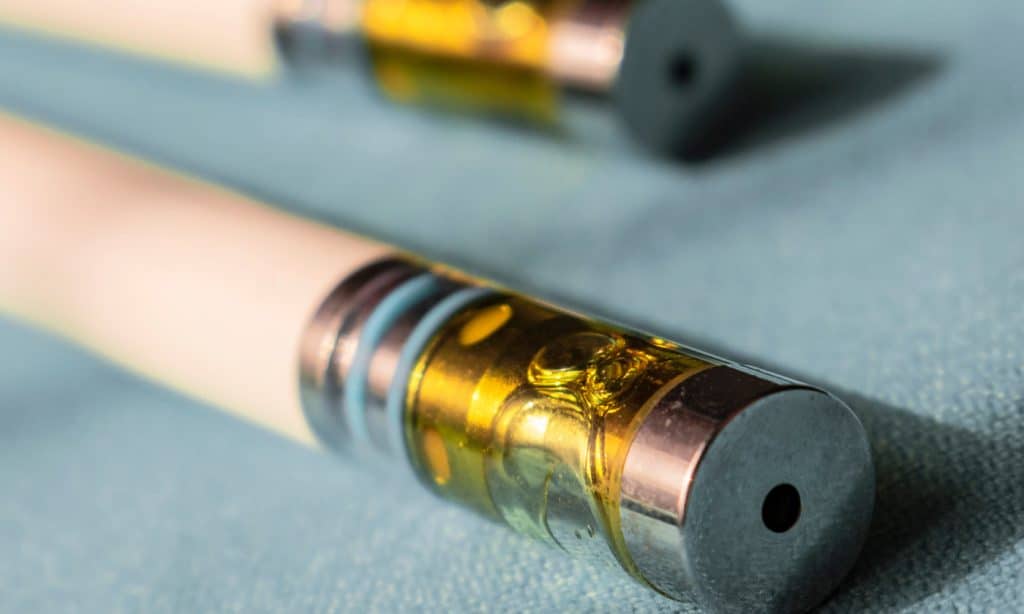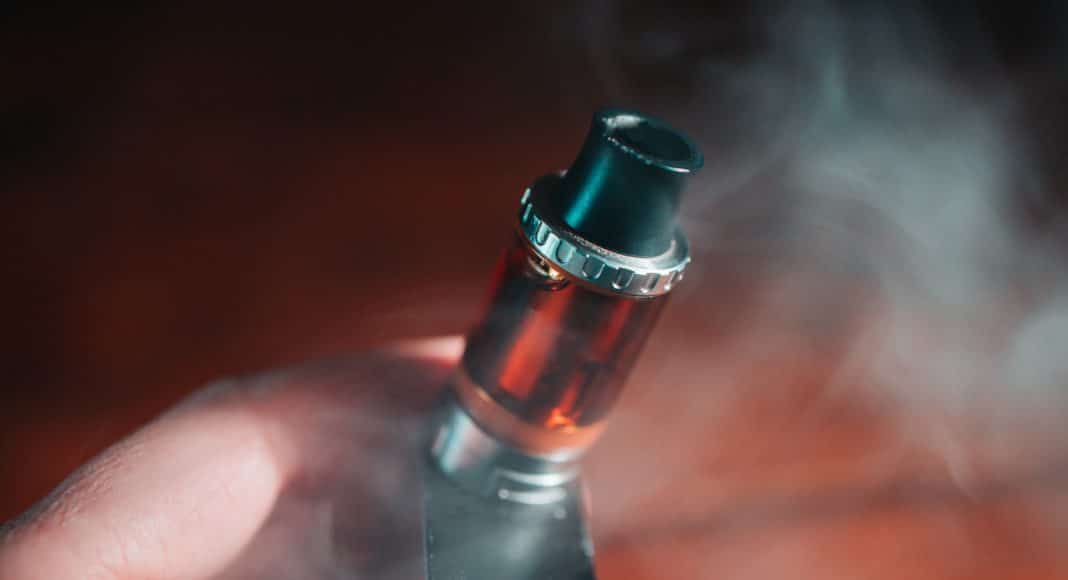Terpenes that come from cannabis are allowed in marijuana vapor products, but the presence of terpenes derived from any other source is prohibited under the ban.
On October 9, 2019, the Washington State Board of Health (“BOH”) voted to adopt emergency rules banning flavored vapor products, including marijuana products, in Washington State. The ban is effective as of October 10 and will run for 120 days.
It’s not as if we didn’t see this coming. On Monday, Hilary Bricken wrote on this blog that cannabis businesses should expect these types of vapor bans. Previously, on September 27, Governor Jay Inslee issued an executive order requesting the BOH adopt rules banning flavored vapor products. This executive action is very similar to what we saw in Oregon related to flavored vaping products last Friday.
The Washington emergency rules define a “Flavored vapor product” as “any vapor product that imparts a characterizing flavor.” A characterizing flavor is “a distinguishable taste or aroma, or both, other than the taste or aroma of tobacco or marijuana or a taste or aroma derived from compounds or derivatives such as terpenes or terpenoids derived directly and solely from marijuana[,] or hemp plants that have been grown and tested as required by state law, imparted by a vapor product.”
RELATED: The FDA’s Problem With Hemp-CBD

This definition of a characterizing flavor does not include cannabis-derived terpenes. Terpenes are organic compounds found in a wide range of plants that produce flavor and aromas. Terpenes that come from cannabis, either hemp or marijuana, are allowed in marijuana vapor products but the presence of terpenes derived from any other source is prohibited under the ban.
The BOH’s definition of characterizing flavors includes some concrete examples including, “tastes or aromas relating to any fruit, chocolate, vanilla, honey, candy, cocoa, dessert, alcoholic beverage, menthol, mint, wintergreen, herb, or spice.” The definition also includes this unbelievably vague catch-all provision:
A vapor product does not have a characterizing flavor solely because of the use of additives or flavorings or the provision of ingredient information. It is the presence of a distinguishable taste or aroma, or both, that constitutes a characterizing flavor.
Marijuana licensees should expect the LCB to swiftly enforce this ban. Hours after the BOH issued the emergency rules, the LCB emailed licensees to confirm that processors and retailers are to immediately stop selling flavored vapor products. The LCB also indicated that it would follow up with options for returning or destroying products. In addition, the LCB indicated four action items that it is taking while health officials investigate vaping illnesses:
- Signage. Prominently post this warning sign in retail locations. This required sign is co-branded with the Washington State Department of Health. A Spanish version, also available, may be posted as an additional sign.
- Clarify rule regarding additives on packaging and labeling. There is some confusion among industry members that certain additives, like terpenes, imported CBD, and other cannabinoids do not need to be disclosed on packaging. Current rules require all product components on packaging (WAC 314-55-105).
- Disclose to LCB all compounds (including ingredients, solvents, additives, etc.) used in the production and processing of products that are vaped and vaping devices themselves. Public health officials have requested assistance in gathering additional information about ingredients in vapor products.
- Cooperate with the ongoing epidemiological investigation. Local, state and federal health agencies are looking into which products have been involved with Washington cases of disease. We ask for your cooperation if you are contacted by someone from a state or federal epidemiology team and/or a representative from your local health jurisdiction.
It’s fair to say that there is a vaping crisis. It’s also fair for regulators to act in response to said crisis. However, given that there is really no evidence that flavored vapor products are causing these widespread illnesses, it’s also fair to say that this ban feels arbitrary and likely to cause great damage to an already struggling industry. Processors who rely on the sale of vapor products are likely not in a position to make this massive shift away from flavored products. Retailers, in turn, may try to return these flavored products to processors to recoup their losses or eat the cost of these now worthless products. Remember, these businesses cannot take out loans (not that banks would offer them) without going through a lengthy application process with the LCB; for many businesses, there are no funds available for a rapid change like this.
RELATED: How To Ensure A Safe Cannabis Vaping Experience
A few weeks ago I wrote critically about Donald Trump’s decision to ban vapor products at the federal level, saying that it would likely harm the regulated vapor market and help the illicit market. I was surprised to see Jay Inslee blindly follow Trump’s thinking here, especially when he has so frequently opposed this administration.
Daniel Shortt is an attorney at Harris Bricken and this article was originally published on the Canna Law Blog.


